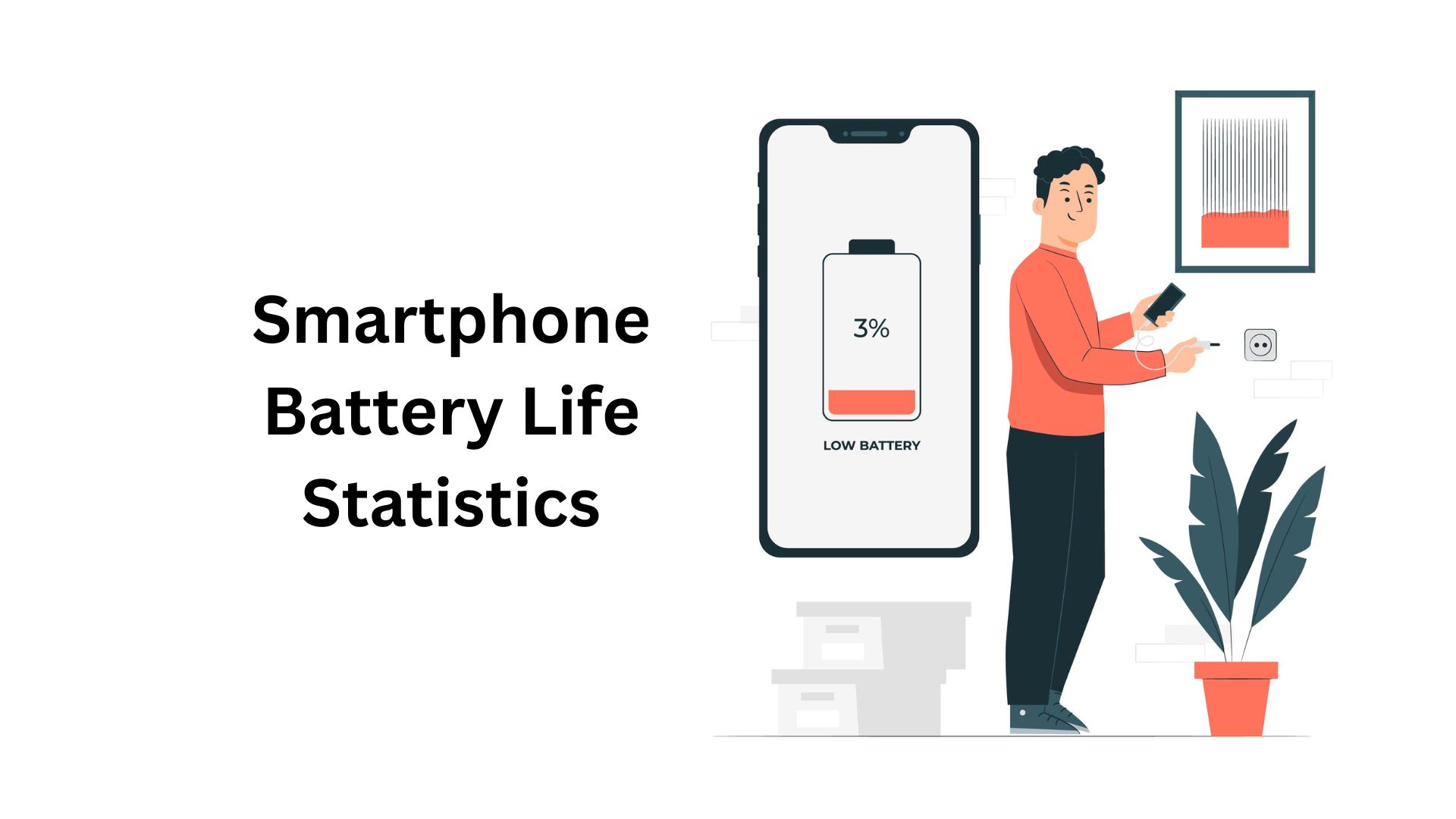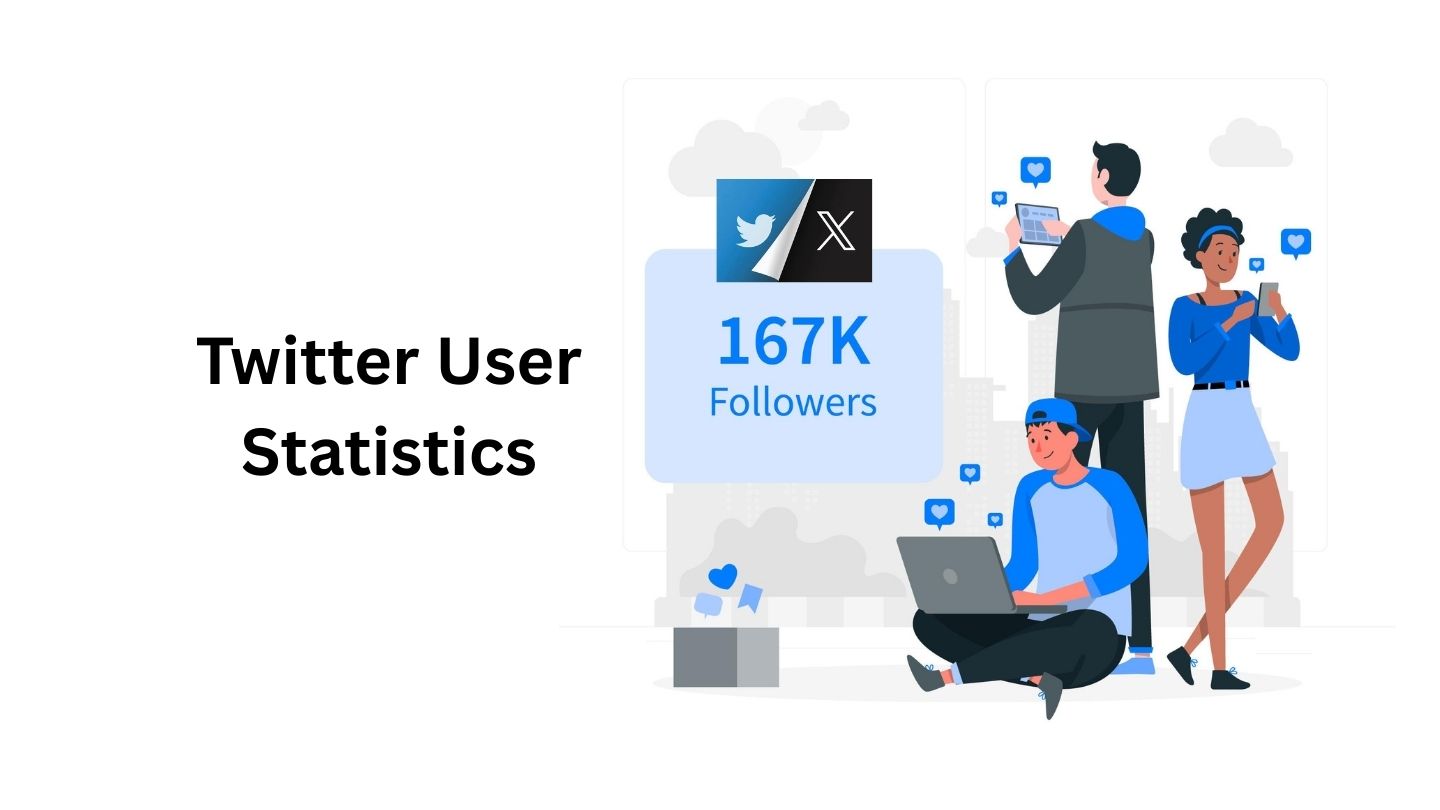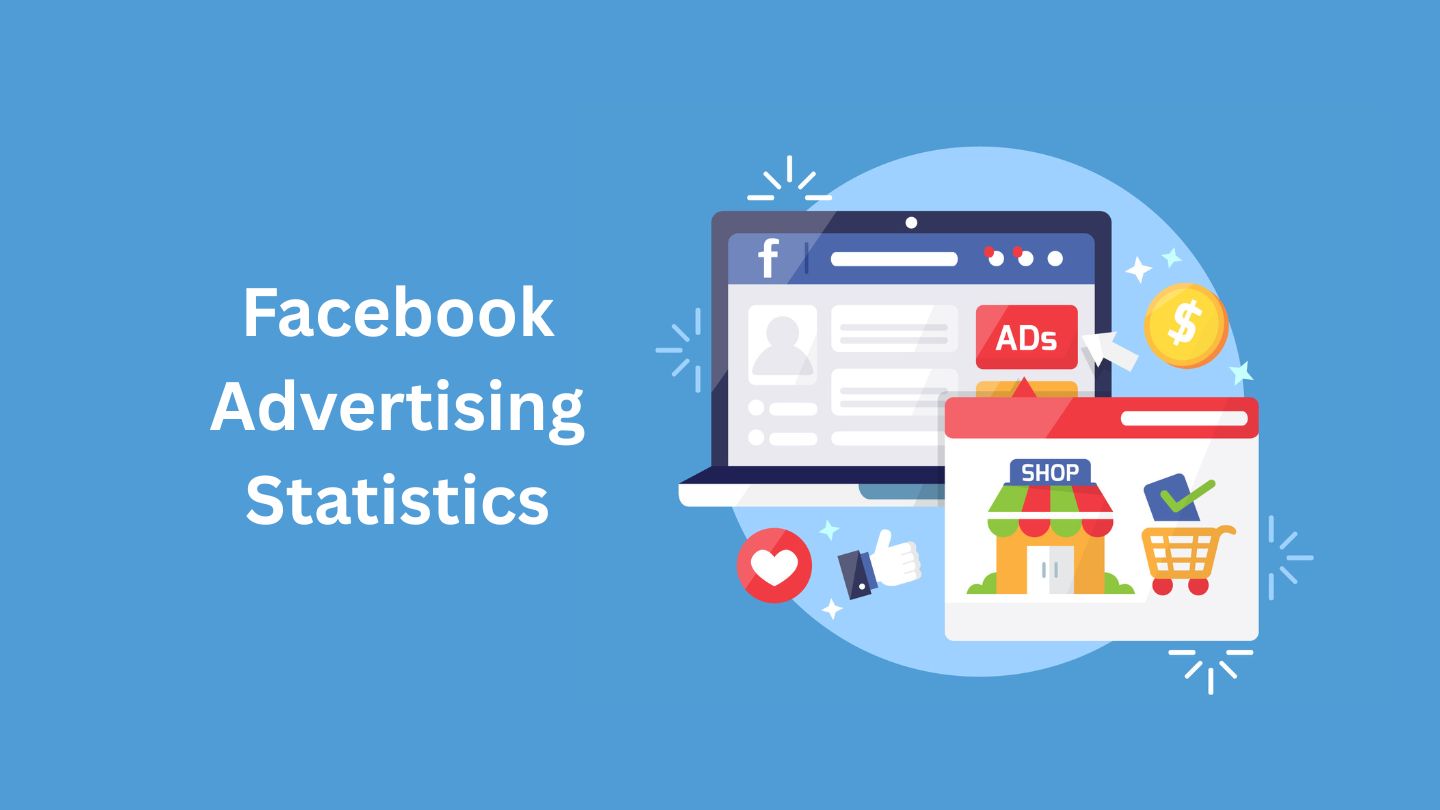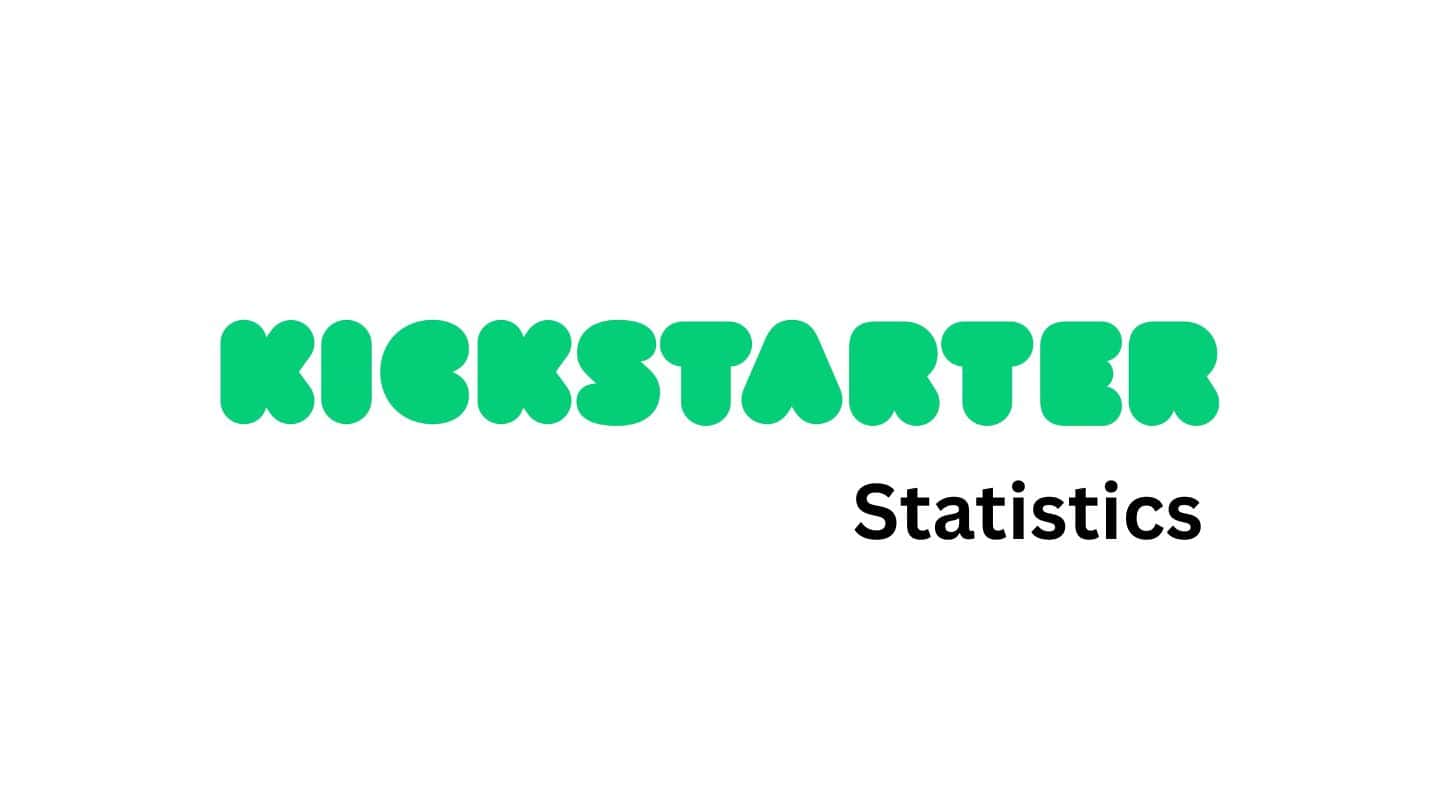Small Business Statistics and Facts (2025)

Updated · Apr 03, 2025


TABLE OF CONTENTS
- Introduction
- Editor’s Choice
- General Small Business Statistics
- Reasons for Starting A Small Businesses
- Small Business Application Statistics
- Small Business Growth Statistics
- Small Business Ownership Statistics By Demographics
- By Generation
- Small Business Employee Size Statistics
- Small Business Salary Statistics
- Cost of Starting a Small Business
- Small Business Statistics by Social Proof
- By Digital Marketing
- Small Business Posting Frequency Statistics on Social Media
- Artificial Intelligence Marketing Statistics In Small Businesses
- Small Business Statistics by Email Marketing
- Key Challenges Faced by Small Businesses
- Small Business Failure Rate Statistics
- Small Business Statistics by Industries and Job Demand
- Conclusion
Introduction
Small Business Statistics: Today, small businesses play a big role in the economy. They can be local stores, small service providers, or new startups started by regular people. These businesses support the community by creating jobs and offering new ideas. More people have opened small businesses in the last few years because online tools and flexible work options have made starting easier.
By looking at small business numbers, we can better understand how they grow, their problems, and which trends affect them. This article shares simple facts and data to show what small businesses look like today. These stats can give useful information whether you’re a student, business owner, or interested party.
Editor’s Choice
- Small Business Statistics show that in 2025 the U.S. boasted over 34.8 million small businesses, representing 99.9% of all U.S. businesses.
- These enterprises employ approximately 61.7 million individuals, accounting for 45.9% of the private-sector workforce.
- A significant 85.8% of small businesses operate without any employees.
- More than half (55%) of small businesses are home-based, reflecting the trend towards telecommuting.
- In recent years, 59% of small business owners have been male, while 41% are female.
- 5% are White, 15% are Hispanic/Latino, 6% are Asian, and 6% are Black/African American.
- Small Business Statistics also states that small businesses contribute approximately 43.5% to the United States’ Gross Domestic Product (GDP).
- 27% of small businesses required between USD 50,000 and USD 175,000 to launch in 2024, while another 27% needed between USD 250,000 and USD 500,000.
- Over half (52%) of entrepreneurs utilized 401(k) business financing, known as Rollovers for Business Startups (ROBS), to fund their ventures.
- Approximately 80% of small businesses survive their first year; however, this rate declines to 50% by the fifth year and 35% by the tenth year.
- Around 65% of small businesses are profitable, with new businesses typically taking up to three years to reach profitability.
General Small Business Statistics
- Nearly 47% of small businesses take care of their marketing by themselves.
- About 58% of business owners use digital tools to attract new customers.
- Around 73% of small businesses have their website.
- But 61% of people won’t return if the site doesn’t work well on a phone.
- Over half of shoppers (55%) learn about new brands through social media.
- 96% of small business owners use social platforms to market their business.
- Most small businesses (75%) use two or more social media platforms, with social media and email being their top marketing choices.
- Meanwhile, 40% of small and medium businesses have started using AI to help them run more smoothly.
- Small businesses help create around 1.5 million jobs yearly, making up about 44% of the U.S. economy.
- Across industries like construction and hospitality, there are 30.7 million small businesses.
- Over 280,000 of these are exporters who support the local, national, and global economy.
- Small Business Statistics further mentioned that men still own many, but women now run 12.3 million small businesses.
- Nearly all small businesses have fewer than 100 workers, and 89% hire fewer than 20.
- They give jobs to about 59.9 million people, making up 47% of private-sector workers.
- A major problem for 23% of owners is insufficient money or cash flow.
- Over 80% now use technology to advertise their products.
- By 2040, nearly all shopping (95%) is expected to happen online.
- Medtech start-ups are among the most profitable, earning an average net margin of 12.1%.
Reasons for Starting A Small Businesses
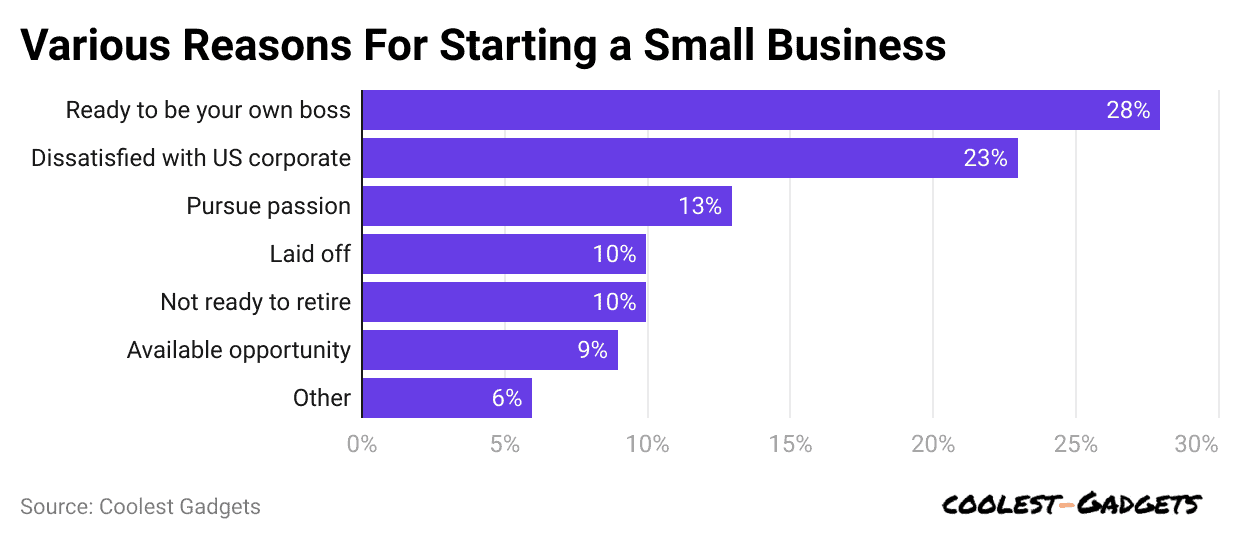 (Reference: hostinger.in)
(Reference: hostinger.in)
- Small Business Statistics further show that around 28% of people said they started a small business.
- Another 23% shared that they were unhappy with corporate jobs.
- Interestingly, only 13% of business owners said they started their business to follow a passion.
- Also, 10% started a business after losing their job, another 10% didn’t feel ready to retire, and 9% grabbed a good opportunity when it came along.
Small Business Application Statistics
- Fewer new businesses were started in January 2025 than in the previous months, with 392,496 small business applications submitted.
In 2024, other monthly business applications are mentioned below:
| Number of Applications | Month |
| 456,309 |
December |
|
447,184 |
November |
| 426,474 |
October |
|
427,131 |
September |
| 432,604 |
August |
Small Business Growth Statistics
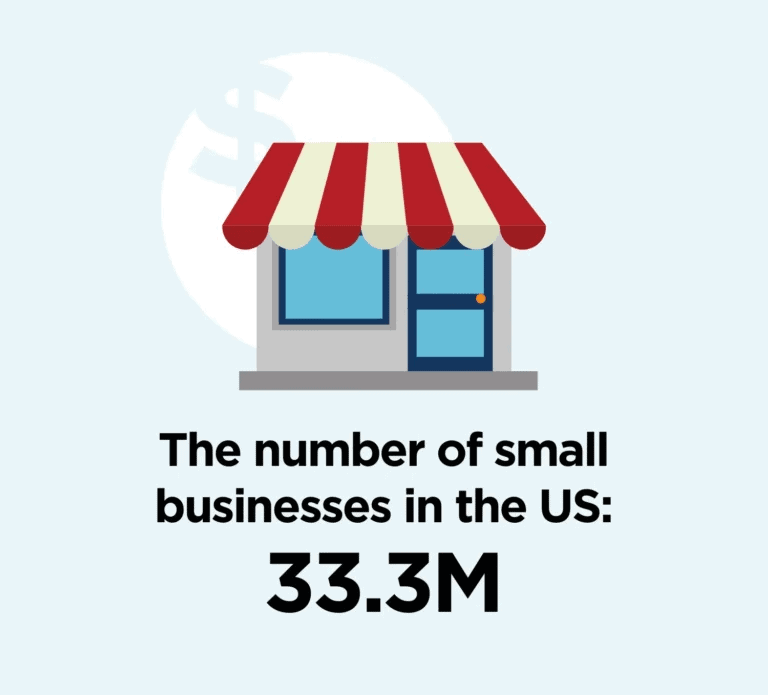 (Source: luisazhou.com)
(Source: luisazhou.com)
- In 2024, there were about 33.3 million small businesses in the United States, meaning nearly every business in the country, about 99.9%, was small.
- Every year, about 1 out of 12 businesses shuts down.
- Regarding survival, around 67.6% of new businesses make it through the first two years.
- About 48.9% last five years, and only 33.6% stay open for ten years.
- At the same time, 35% of small businesses are still not earning a steady profit.
- Nearly 64% of them get started with USD 10,000 or less.
- A quarter of all new businesses begin without any funding at all.
- Many other small businesses even start with as little as USD 3,000.
Small Business Ownership Statistics By Demographics
- Small Business Statistics also show that males still own most small businesses, resulting in 57% and the increasing share of female-owned businesses, currently at 43.4%.
- About 20.4% are owned by racial minorities, and Hispanic individuals own 14.5%.
- These numbers show how different cultures are helping the economy grow.
- Also, around 6.1% of small businesses are owned by veterans, showing their strong role in business after serving the country.
By Generation
- Even though Millennials are known for being very entrepreneurial, only 13% of small businesses are owned by them.
- Meanwhile, most small businesses are owned by Boomers and Gen X, resulting in 40% and 47%, respectively.
Small Business Employee Size Statistics
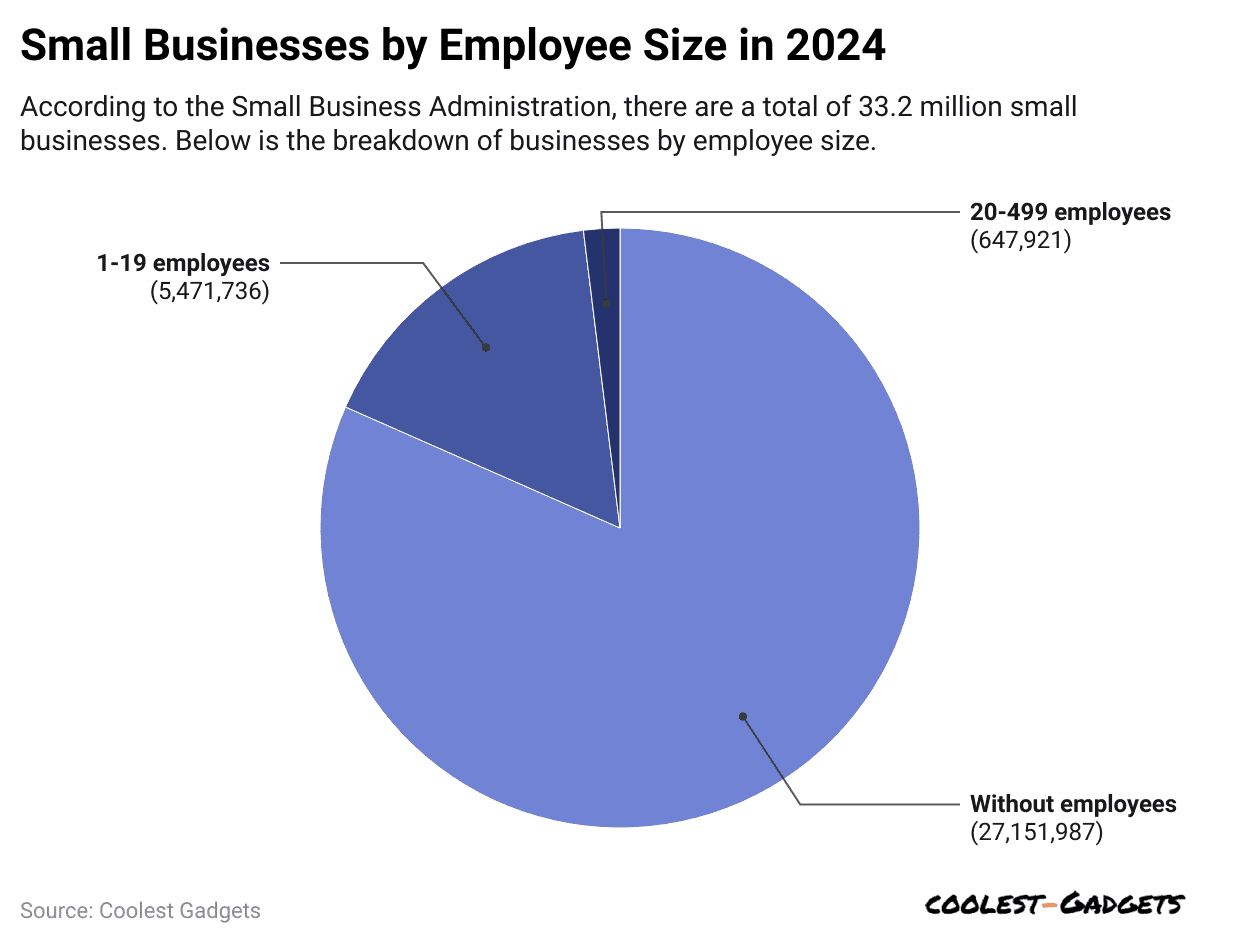 (Source: forbes.com)
(Source: forbes.com)
- According to Small Business Statistics, in 2024, around 5.47 million had a small team of 1 to 19 workers.
- Only a smaller group, about 647,900 businesses, had between 20 and 499 employees.
- About 27.1 million small businesses had no employees, which shows that solo owners or small teams run most of them.
Small Business Salary Statistics
- Based on Pay Rate data from Payscale, small business owners usually make a minimum of USD 32,000 annually.
- Whereas the maximum salary earned is up to USD 147,000.
- They earn about 16% more than the U.S. national average salary of USD 69,119.
Cost of Starting a Small Business
- Based on Small Business Statistics, Guidant Financial’s 2024 survey says that starting a business can cost anywhere from USD 50,000 to over USD 1 million.
The share of small businesses and their costings are detailed below:
| Business Share | Costings (USD) |
| 27% |
50,000 to 175,000 |
|
27% |
250,000 to 500,000 |
| 16% |
500,000 to 1 million |
|
15% |
175,000 to 250,000 |
| 13% |
More than 1 million |
Small Business Statistics by Social Proof
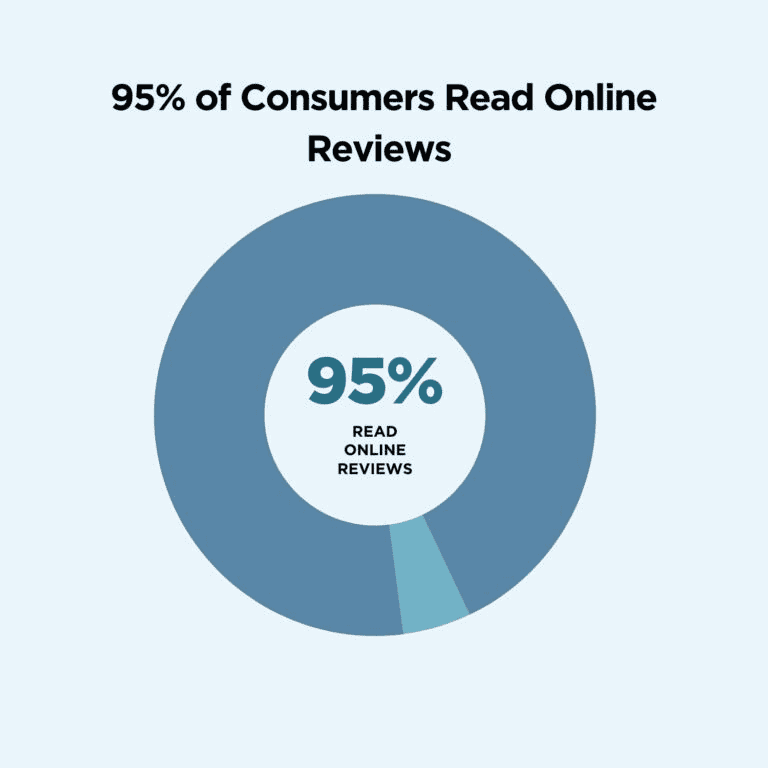 (Source: luisazhou.com)
(Source: luisazhou.com)
- Small Business Statistics shows that around 95% of customers read product reviews first.
- About 89% of online shoppers say they try to read reviews before making a purchase.
- Nearly half, 49% of buyers worldwide, say good reviews are among the top three reasons they choose a product.
- Also, 40% trust online reviews like advice from friends or family.
- Around 53% expect a small business to respond to a bad review within a week, and one-third want a reply in 3 days or less.
- Interestingly, 72% like reading negative reviews because they help with decision-making.
- Reviews strongly matter, as 88% say a review changed their mind, and 97% avoid companies with poor service.
By Digital Marketing
- About 58% of small businesses now use digital marketing to help their brands grow.
- Also, 75% use at least two marketing platforms, and 80% believe digital ads are key to their success.
- Almost 70% plan to spend more on online ads in the next two years.
- According to Zippia, 73% of small businesses have their website.
- Small Business Statistics also mentioned that only 23.5% plan to build one soon, while 40% choose not to, mainly because the business is too small or relies on social media instead.
- More than 20% use social media in place of a website.
- Since most internet traffic now comes from mobile devices, and 80% of top websites are mobile-friendly, small businesses must catch up.
- In the U.S., nearly 47% of small businesses spend less than USD 10,000 yearly on digital marketing.
- They mostly invest in social media (54%), website upgrades (51%), and email marketing (36%).
- On average, 1.08% of their revenue goes into advertising.
Small Business Posting Frequency Statistics on Social Media
- About 37% of people like brands more when they talk with followers instead of just posting a lot.
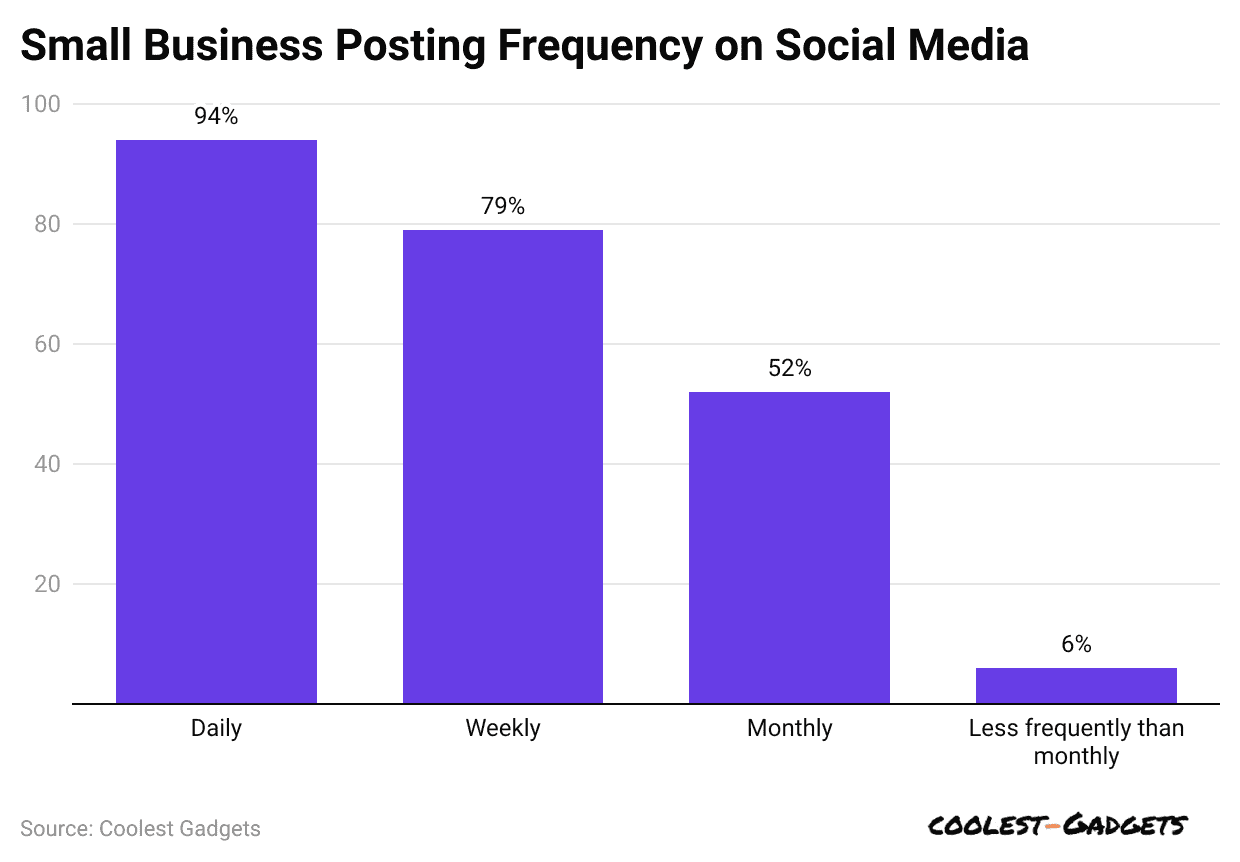 (Reference: hostinger.in)
(Reference: hostinger.in)
- Small Business Statistics show that about 94% of small businesses share something on social media at least once a month.
- Around 79% are active and post weekly to stay connected with their audience.
- Nearly 52% of small businesses go the extra mile and post something daily.
- Only a small group, just 6%, post less than once a month or rarely use social media.
Artificial Intelligence Marketing Statistics In Small Businesses
- Small Business Statistics states that almost 91% of owners believe AI is crucial for helping their business grow.
- At the same time, 86% are worried that new rules or government controls might slow them down.
- Despite these concerns, 77% still want to use new technologies like AI and the metaverse to outperform their competitors.
- About 40% of small businesses are trying out generative AI tools like chatbots and tools that create images.
- Also, 98% are already using software that runs with the help of AI.
The table below shows the AI use cases in small business marketing:
| Email marketing automation | 32% |
| Image creation for logo and branding material |
28% |
|
Social media management |
28% |
| Chatbots for customer support and service |
27% |
|
Content writing and creation |
26% |
| Audio-to-text transcriptions |
26% |
|
Predictive analysis |
23% |
| Sales team support and CRS systems |
21% |
|
Language translation |
17% |
Small Business Statistics by Email Marketing
 (Source: luisazhou.com)
(Source: luisazhou.com)
- In 2024, about 64.1% of small businesses use email marketing to reach customers.
- Around 79% believe email marketing is important in their marketing plans.
- On average, businesses earn USD 42 for every USD 1 they spend on email marketing.
- Small Business Statistics also elaborates that nearly 59% of small business owners say email marketing influences people’s purchases.
- 7% of people purchase something from a promotional email once a month.
- Another 23.8% buy from these emails several times a month.
Key Challenges Faced by Small Businesses
| Challenges | Share |
| Finding new customers |
60% |
|
Determining what is working or measuring performance |
33% |
| Lack of resources (time, budget, skills) |
32% |
|
Retaining current customers |
31% |
| Creating a strategy or plan |
25% |
|
Sending the right message |
25% |
| Using multiple platforms or tools |
24% |
|
Motivation |
19% |
Small Business Failure Rate Statistics
- Around 1% of every five new businesses (about 21.9%) shut down in their first year.
- Over time, only 34.4% of small businesses are still running after 10 years.
Furthermore, other small business failure rates are as follows:
| Failure Rate | Business Years |
| 31.8% |
2 |
|
39.7% |
3 |
| 45.7% |
4 |
|
50% |
5 |
| 53.6% |
6 |
|
57.7% |
7 |
| 61% |
8 |
|
63.2% |
9 |
| 65.7% |
10 |
Small Business Statistics by Industries and Job Demand
- As shared by the US Chamber of Commerce, most small businesses belong to three main industries.
- The top one is professional and business services, which includes about 7.4 million businesses.
- Next comes financial activities, with around 4.3 million small companies.
- Thirdly, the wholesale and retail trade sector has nearly 3.5 million businesses.
- According to a report from the Bureau of Labor Statistics, the unemployment rate in the U.S. was 4.1% in February 2025.
- So far in 2025, several industries have been adding new jobs every month, such as Health care, which has added around 52,000 jobs.
- Financial activities saw a growth of about 21,000 jobs
- Transportation and warehousing increased by roughly 18,000 jobs
- Social assistance grew by about 11,000 jobs
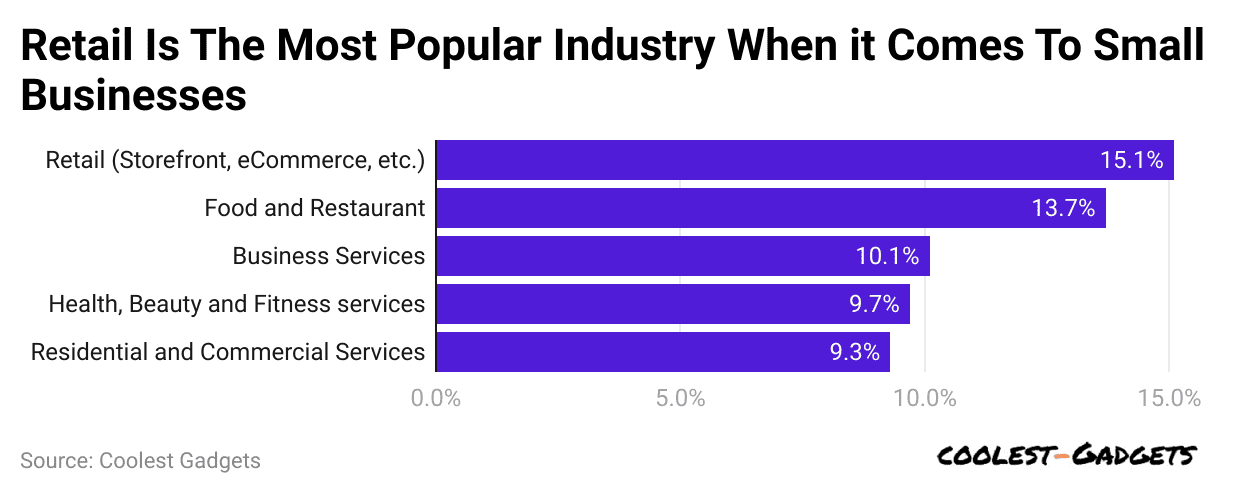 (Source: tidio.com)
(Source: tidio.com)
- For small businesses, the retail segment is the most popular industry, with a share of 15.1%.
- Furthermore, the next ranked industries are food and restaurant (13.7%), business services (10.1%), health, beauty, and fitness services (9.7%), and residential and commercial services (9.3%).
Conclusion
Running a small business can be tough, but success is possible with the right planning and mindset. Focus on your goals, understand your customers, and keep improving your products or services. Use simple tools to manage time and money wisely. Even small steps can lead to big changes over time. Stay flexible, keep learning, and don’t give up easily. Your small business can grow stronger daily with hard work and smart choices.
FAQ.
A small business has few employees, usually under 500, and earns less money than big companies.
Pick an idea, make a plan, register your business, get licenses, and start selling your product or service.
Most small businesses need to register to follow the law, but it’s best to check local rules to make sure.
You can find support through free government programs, online tools, local business centers, or by getting advice from mentors.
Most small businesses start earning regular profits within 1 to 3 years, depending on their expenses and growth rate.

Barry Elad is a tech enthusiast passionate about exploring various technology topics. He collects key statistics and facts to make tech easier to understand. Barry focuses on software and its benefits for everyday life. In his free time, he enjoys creating healthy recipes, practicing yoga, meditating, and walking in nature with his child. Barry's mission is to simplify complex tech information for everyone.




